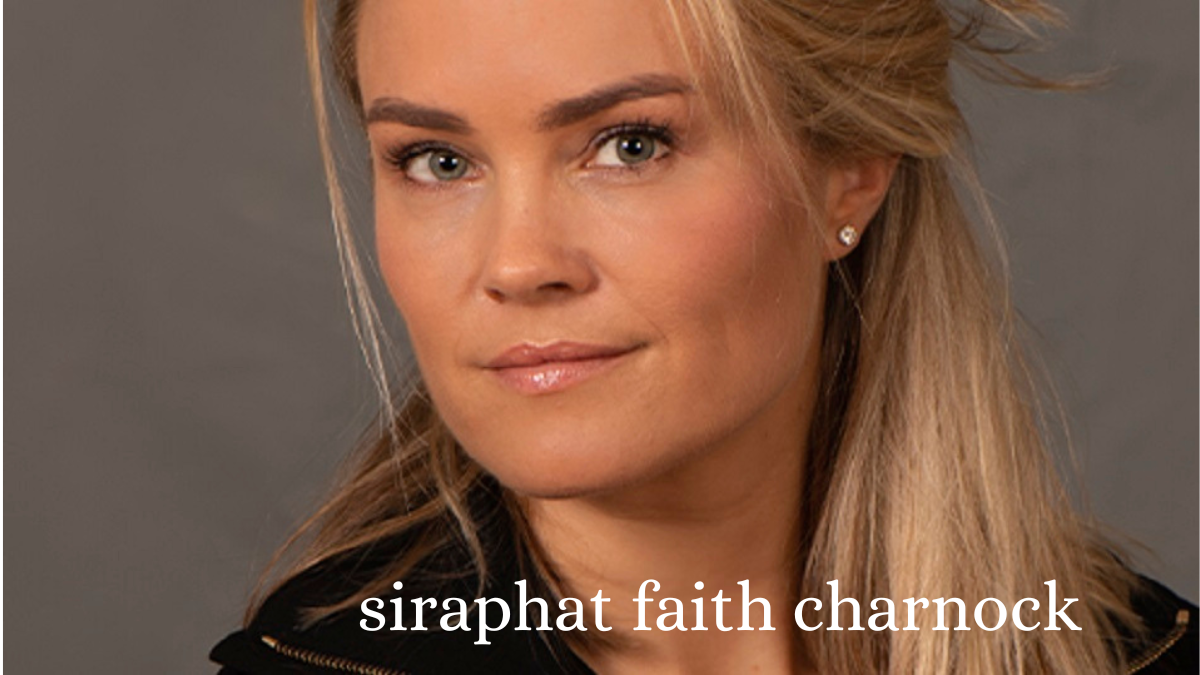What is Disorderly Conduct?
Disorderly conduct refers to a broad range of behaviors that are disruptive or disturbing to others in public places. It can involve a wide variety of actions, including loud and abusive language, threatening behavior, fighting, public intoxication, indecent exposure, or engaging in offensive or disturbing conduct in public spaces.
Disorderly conduct is a criminal offense that is typically prosecuted as a misdemeanor, and it can result in fines, community service, probation, and even jail time, depending on the severity of the offense and the laws of the jurisdiction.
The specific definition and penalties for disorderly conduct can vary from state to state and even from city to city. Disorderly conduct laws are designed to promote public safety and maintain order in public spaces, but they can also raise complex issues related to individual rights and freedoms, as well as potential biases or discriminatory practices in law enforcement.
Individual Rights
Individual rights are protected under the Constitution, including the right to free speech, assembly, and expression. These rights are essential to the functioning of a democratic society, and they are particularly important in public spaces, where individuals can gather and express their opinions without fear of retaliation or censorship.
In many cases, disorderly conduct charges can infringe on individual rights, particularly when the charges are based on subjective interpretations of behavior or intent. For example, a person who is peacefully protesting or engaging in civil disobedience may be charged with disorderly conduct, even if they are not engaging in violent or disruptive behavior.
Community Safety
Community safety is also a critical consideration when it comes to enforcing disorderly conduct laws. Public spaces are shared resources that are intended to be safe, welcoming, and accessible to everyone. Disruptive behaviors, such as loud and raucous behavior, fighting, or other forms of misconduct, can threaten community safety and create an atmosphere of fear and intimidation.
Law enforcement officials are responsible for maintaining community safety, and they have the authority to enforce disorderly conduct laws when necessary. However, this authority must be exercised with care and discretion, to avoid infringing on individual rights or engaging in discriminatory practices.
Balancing Individual Rights and Community Safety
Disorderly conduct laws are designed to protect the public from disturbances, noise, and other disruptive behaviors that can interfere with the enjoyment of public spaces. However, there is a delicate balance between individual rights and community safety when it comes to enforcing disorderly conduct laws.
The challenge of balancing individual rights and community safety is a complex one, and it requires a nuanced approach that takes into account the unique circumstances of each case. In order to achieve this balance, law enforcement officials should:
Use Objective Standards
Disorderly conduct laws should be enforced based on objective standards of behavior, rather than subjective interpretations of intent or motive. This can help to ensure that individuals are not punished for engaging in lawful behavior.
Disorderly conduct laws can be enforced based on objective standards of behavior by establishing clear and specific criteria for what constitutes disorderly conduct. This can help to ensure that enforcement is based on observable and measurable behaviors rather than subjective interpretations or biases.
Here are some ways in which objective standards of behavior can be established:
- Define Disorderly Conduct: Disorderly conduct should be clearly defined in the law to avoid confusion and provide guidance to law enforcement officials.
- Set Limits on Behavior: Limits on behavior should be established to provide a clear standard for what is considered acceptable behavior in public spaces.
- Use Objective Measures: Objective measures can be used to assess behavior, such as decibel levels for noise, blood alcohol content for intoxication, or video evidence for fighting or other violent behavior.
- Train Law Enforcement Officials: Law enforcement officials should receive training on how to enforce disorderly conduct laws based on objective standards of behavior.
Exercise Discretion
Law enforcement officials should exercise discretion when enforcing disorderly conduct laws, taking into account the context and circumstances of each situation. This can help to prevent overzealous enforcement or discriminatory practices.
Respect Individual Rights
Law enforcement officials should respect individual rights, including the right to free speech and assembly, when enforcing disorderly conduct laws. This can help to ensure that individuals are not punished for engaging in lawful behavior.
Focus on Community Safety
Disorderly Conduct Charges Law enforcement officials can focus on community safety when enforcing disorderly conduct laws by taking into account the impact of disruptive behavior on the community as a whole. Here are some ways in which they can do this:
- Assess the Situation: Law enforcement officials should assess the situation and determine the level of threat posed by the behavior. They should consider factors such as the number of people involved, the nature of the behavior, and the potential for harm to individuals or property.
- Use the Least Amount of Force Necessary: Law enforcement officials should use the least amount of force necessary to control the situation and ensure public safety. They should avoid using excessive force or tactics that could escalate the situation.
- Communicate Clearly: Law enforcement officials should communicate clearly with the individuals involved in the situation, explaining the reason for their presence and the need for them to disperse or cease their disruptive behavior.
- De-escalate the Situation: Law enforcement officials should try to de-escalate the situation by using verbal persuasion, mediation, or other conflict resolution techniques. This can help to diffuse tensions and prevent the situation from escalating into a more serious incident.
- Consider Alternative Responses: Law enforcement officials should consider alternative responses to disorderly conduct that may be more appropriate in certain situations. For example, they may refer individuals to social services, mental health providers, or other resources instead of arresting them.
By focusing on community safety, law enforcement officials can help to maintain public order and protect the well-being of individuals in public spaces. However, it is important to balance this focus with respect for individual rights and freedoms, and to avoid engaging in discriminatory practices or using excessive force.
Conclusion
Overall, balancing individual rights and community safety is a challenging task that requires careful consideration and a nuanced approach. Disorderly conduct laws are an essential tool for maintaining public order and safety, but they must be enforced with care and discretion, to avoid infringing on individual rights or creating an atmosphere of fear and intimidation in public spaces.







